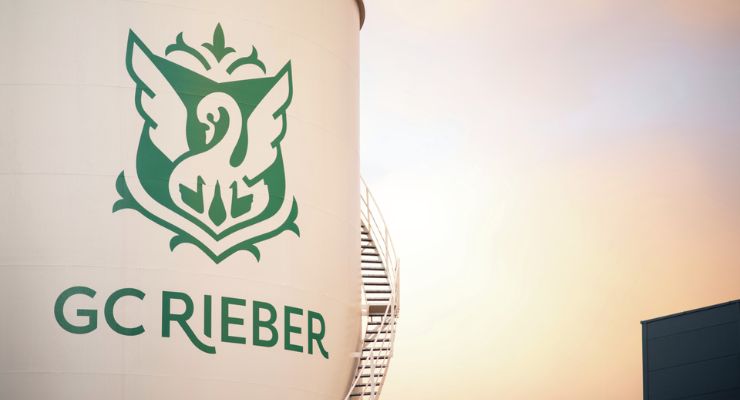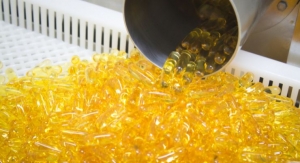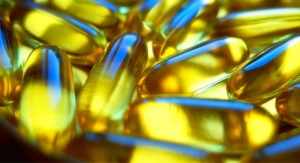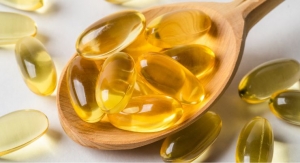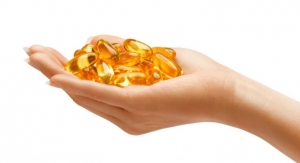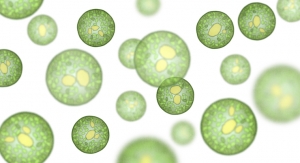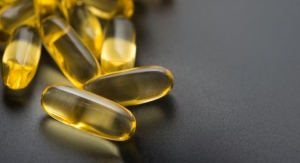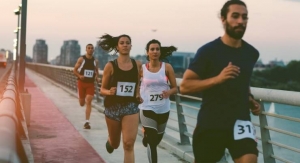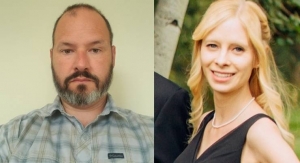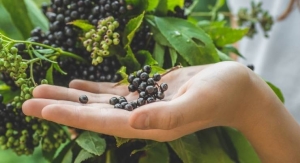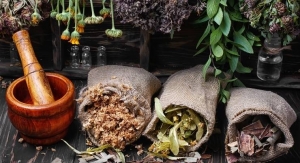08.19.22
Since 2016, GC Rieber VivoMega, a Norway-based supplier of omega-3 concentrates, has increased the recycling of its side-stream product by 165%, with most of the side-streams sold domestically and delivered from its docks. This means more of its unused products are being put back into the food chain, while reducing transport trucks from the roads.
“Given the nature of our business and the landscape we operate in, it is essential for us to understand and acknowledge our global corporate and social responsibility,” said Jan Roger Bjerkestrand, CEO of GC Rieber VivoMega. “Since GC Rieber’s founding 140 years ago, one of our guiding principles is we believe that natural resources should be passed onto future generations in the same or better condition than when we found them.”
From the initial catch to the finished product, GC Rieber VivoMega’s practices minimize waste and its environmental impact, the company said. GC Rieber VivoMega’s starting material is a side-stream of the fish meal industry. Over the past 10 years, the company has worked closely with the largest fish-meal producers to improve the quality of something that was once considered “waste” into high-value input for fish oil refining and concentration.
“As a significant consumer of crude fish oil, GC Rieber VivoMega must utilize and manage as much as possible of this high-quality oil,” said Bjerkestrand.
By design, the production of omega-3 concentrates results in side-streams that historically have been sold and burned as energy. GC Rieber VivoMega has worked to find additional ways to incorporate these large volumes back into the food chain and reduce and repurpose the amounts sold for energy. Since 2016, the percentage of volume turned into nutrient-rich feed has increased by 165%. Also, this large volume of side-stream sales ships directly from the company’s port, with more than 50% sold domestically, which is a 10-fold increase since 2016.
“Not all side-streams are sold externally. GC Rieber VivoMega is also repurposing the biofuel for internal consumption, reducing the need for external energy sources,” said Bjerkestrand. “Any remaining biofuel is then used by our local aquaculture and food production industries. Additionally, because we ship directly from our port, it has greatly reduced the number of diesel trucks on our streets.”
Furthermore, the company has taken significant steps to incorporate sustainability into its strategy. Sustainability reporting is now being put into context and improved using the established Global Reporting Initiative standards. GC Rieber VivoMega has an international supply chain and is working on mapping its CO2 emissions to understand its global footprint to improve existing operations and reduce emissions, the company said.
“Going forward, the company has a clear goal of shedding additional light on the great work that has been and will be done to provide high quality omega-3s, all while protecting our environment,” said Bjerkestrand.
“Given the nature of our business and the landscape we operate in, it is essential for us to understand and acknowledge our global corporate and social responsibility,” said Jan Roger Bjerkestrand, CEO of GC Rieber VivoMega. “Since GC Rieber’s founding 140 years ago, one of our guiding principles is we believe that natural resources should be passed onto future generations in the same or better condition than when we found them.”
From the initial catch to the finished product, GC Rieber VivoMega’s practices minimize waste and its environmental impact, the company said. GC Rieber VivoMega’s starting material is a side-stream of the fish meal industry. Over the past 10 years, the company has worked closely with the largest fish-meal producers to improve the quality of something that was once considered “waste” into high-value input for fish oil refining and concentration.
“As a significant consumer of crude fish oil, GC Rieber VivoMega must utilize and manage as much as possible of this high-quality oil,” said Bjerkestrand.
By design, the production of omega-3 concentrates results in side-streams that historically have been sold and burned as energy. GC Rieber VivoMega has worked to find additional ways to incorporate these large volumes back into the food chain and reduce and repurpose the amounts sold for energy. Since 2016, the percentage of volume turned into nutrient-rich feed has increased by 165%. Also, this large volume of side-stream sales ships directly from the company’s port, with more than 50% sold domestically, which is a 10-fold increase since 2016.
“Not all side-streams are sold externally. GC Rieber VivoMega is also repurposing the biofuel for internal consumption, reducing the need for external energy sources,” said Bjerkestrand. “Any remaining biofuel is then used by our local aquaculture and food production industries. Additionally, because we ship directly from our port, it has greatly reduced the number of diesel trucks on our streets.”
Furthermore, the company has taken significant steps to incorporate sustainability into its strategy. Sustainability reporting is now being put into context and improved using the established Global Reporting Initiative standards. GC Rieber VivoMega has an international supply chain and is working on mapping its CO2 emissions to understand its global footprint to improve existing operations and reduce emissions, the company said.
“Going forward, the company has a clear goal of shedding additional light on the great work that has been and will be done to provide high quality omega-3s, all while protecting our environment,” said Bjerkestrand.

